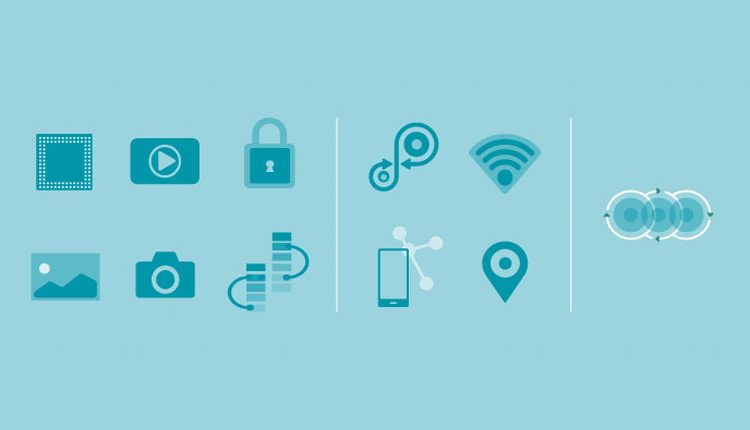Mobile platform designed for 4G connectivity
On Monday, and coincidentally International Day of Happiness, Qualcomm announced that their subsidiary, Qualcomm Technologies, has a Qualcomm 205 Mobile Platform. It will bring 4G connectivity and 4G services to entry-level feature phones.
Over to Engadget for further translation: Qualcomm’s chips are bringing 4G connectivity to dumb phones and this new platform marks the company’s “first low-end chip with a built-in LTE modem.”
Rich McCormick in The Verge said the platform “should provide an affordable way for people in countries like India and Brazil to make use of the growing number of 4G connections, allowing them to upgrade from 3G or even 2G phones for cheap.”
All in all, according to the company announcement, the Qualcomm 205 Mobile Platform includes the Qualcomm 205 SoC encompassing the baseband functionalities, along with components: RF front end, discrete Wi-Fi, power management, audio codec, speaker amplifier—and software.
Steve Dent in Engadget referred to “lowly specs” with dual 1.1GHz CPUs, Adreno GPUs, 480p maximum display support and 3-megapixel front and rear cameras.
The press release described a 3 megapixel rear camera, and 3MP “selfie camera.” The SoC has support for Linux-based OS.
Devices carrying the new platform will enable communications using LTE data services such as Voice over LTE (VoLTE) and Voice over WiFi (VoWiFi).
Kedar Kondap, vice president, product management, Qualcomm Technologies: “Feature phones are a lifeline in many emerging countries and the Qualcomm 205 Mobile Platform allows us to bring 4G connectivity and services to the masses with devices at price points never seen before.”
The news is of particular interest to OEMs and ODMs servicing consumers of affordable mobile devices. The new platform is available today; devices are expected to reach consumers in Q2 this year.
That would include regions such as India, Latin America and Southeast Asia. The announcement was made at an event in New Delhi.
Beneficial business implications can result.
The news release said the features for emerging regions “can have a profound effect on those served. From a business point of view, small enterprises, that make up a large percentage of the economy in regions such as India and Southeast Asia, will have more reliable, faster and more secure access to process financial transactions. Multiple days of battery life means reduced need to charge, important for those who may not always have access to a reliable power source. Faster download speeds allow for on-demand content including music and videos.”
Advantages did not escape the attention of Dent in Engadget: “Devices like flip-phones using the chip will also get 45 days of standby time, 20 hours of talk time and 86 hours of music playback—unheard of numbers for smartphones.”
All told, he added, that could be “a big help to consumers and micro-enterprises in developing nations.”
The bigger picture, as mentioned in the announcement, was that operators around the world are looking at redefining subscription plans “to take greater advantage of robust LTE network rollouts.”


Comments are closed, but trackbacks and pingbacks are open.